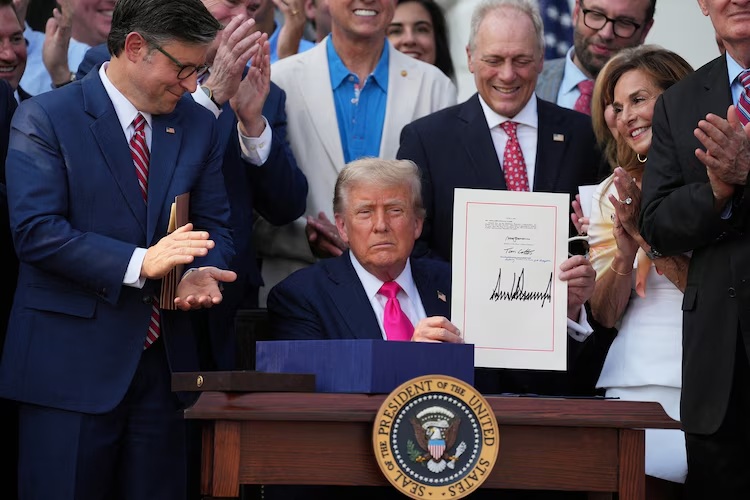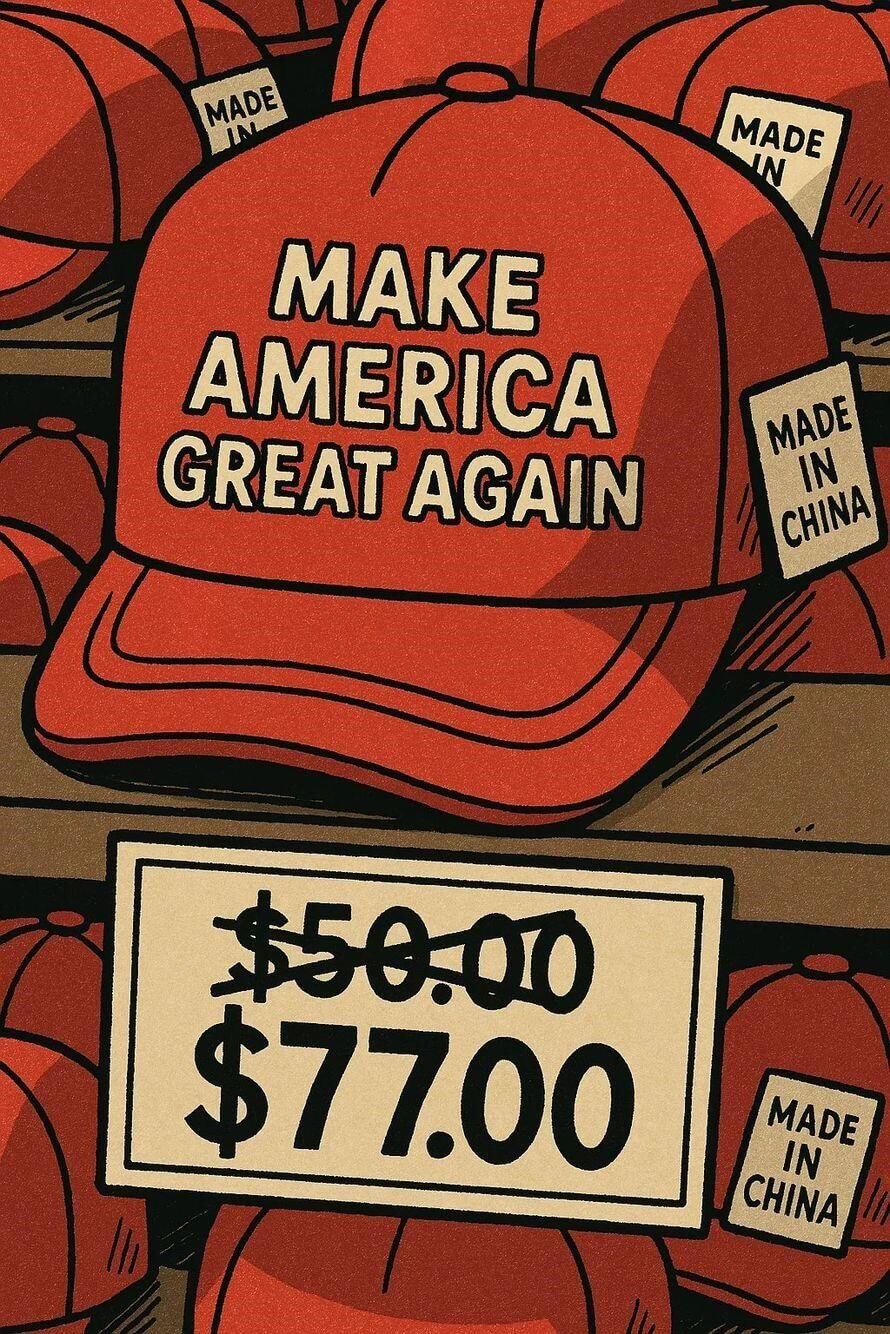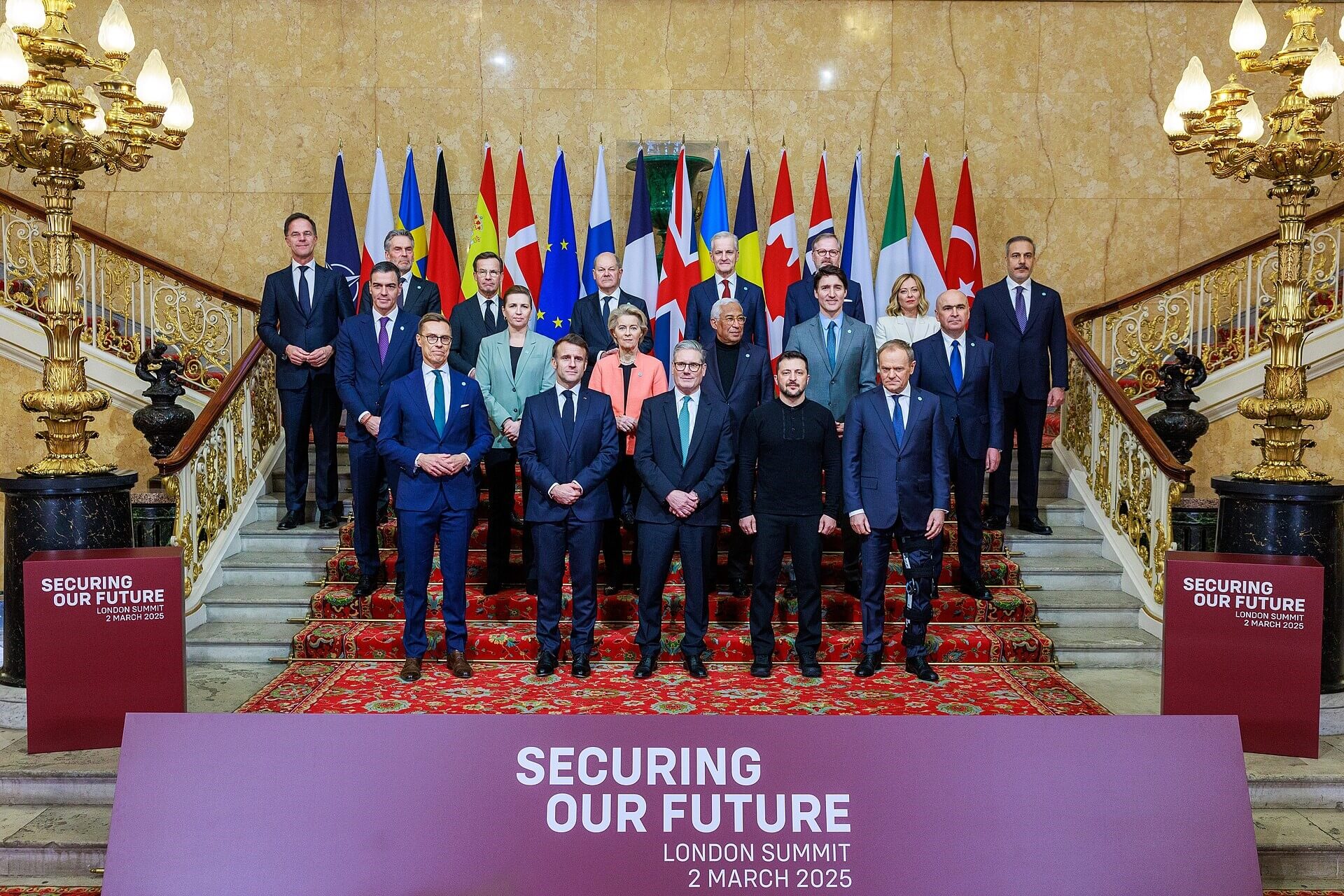The past few weeks have seen the new US administration fire fast (and rather rashly) in all directions, with consequences that may, however, turn out very different to those intended. What if “America first” were to become “America only”, as the country finds itself increasingly isolated on the world trade scene. What if a new version of the European Union were to emerge from this chaotic period, with defence as its foundation? And what if China were to succeed – at long last – in transforming its export-dependent economy into one powered by local consumption?
President Trump’s stance on the war in Ukraine certainly sparked European policymakers into action. Unsurprisingly, four countries have taken the lead: the UK and France, as the only two European countries in possession of nuclear weaponry, Poland, owing to its large contingent of soldiers and military equipment, and Germany, being the country with the greatest financial potential (especially now that a new Chancellor is set to take office and the debt brake looks to be lifted, at least for defence investments). Italy is trying to join the group, in somewhat of a back seat admittedly and probably on account of Giorgia Meloni’s “privileged” access to Donald Trump and Elon Musk (which could help prevent hasty and short-sighted US decisions, such as cutting off Ukraine’s access to the Starlink satellites).
Without wanting to sound overly dramatic, we could well be witnessing the end of the European Union as it has existed for many decades. Indeed, aligning the positions of all current member states in a fast-changing geopolitical context is proving an increasingly challenging, if not almost impossible, task. European governance may well evolve rapidly, with the aforementioned countries calling the shot and other “non-core” countries being invited to jump on the train with them. Initially, this “new” European construction would of course revolve around defence, albeit in a broad sense, meaning also substantial spending on (outdated) infrastructure. Refurbished roads, strong bridges, well-functioning railways and easily accessible ports, for example, are essential to rapid transportation of military equipment.
Assuming that the UK, France, Germany and Poland succeed in setting up such a joint defence initiative, it would not only pave the way for a more efficient and self-sufficient European economy, but also enable the UK to reverse the isolationist (and economically negative) effects of Brexit. From a microeconomic perspective, it could provide a strong boost to local industry, where Europe boasts a large and well-skilled workforce, strong multinational companies and top universities.
China, meanwhile, which recently held its annual National People’s Congress, the forum during which the Communist Party’s plans for the coming year are outlined, is also adapting quickly. Further stimulus measures were put forward, in a bid to grow Chinese GDP by 5% in 2025 (as well as 2026 and 2027). Notably, pensions are to be increased, improvement of the social security system will remain a point of focus, and subsidies will be provided to buyers of electric cars. Clearly, the Trump administration’s aggressive tariff policy is accelerating Chinese authorities’ efforts to make their economic less dependent on exports to the US (and, yet to be seen, the EU).
In a nutshell, both Europe and China are moving more towards their internal market and trying to conclude trade agreements with “non US-influenced” economic blocs (such as India, South America and South Africa) in order to protect their imports and exports. If the US continue to lash out with import tariffs on anything and everything, they risk isolation in the long run. In any event, such a policy will have a negative impact on global trade, as well as rekindling inflation (everything becomes more expensive due to the disappearance of the comparative cost advantage). Slower growth and higher inflation are certainly not good ingredients for future corporate earnings.
All told, when it comes to positioning investment portfolios, now is definitely not a time to be “brave”. The global backdrop is exceedingly complex, and the risk of things spiralling out of control remains real. As such, diversification and capital protection should remain the main focus. To be honest, we have only two strong convictions at this point in time. First, as discussed at length in this letter, major military and infrastructure spending lies ahead – in Europe especially. Second, and corollary, sovereign debt will increase significantly, eventually making the cost of debt difficult to sustain for many countries under unchanged policies.
Translated into asset classes, this means looking for attractively valued stocks in the European industrial sector (the share prices of companies active in the production of military equipment have already moved up (too) sharply, in anticipation of the large government orders they can expect) and taking a very cautious stance with regards to long-term government bonds. Investors seeking fixed income exposure are better off looking to bonds issued by large multinational companies with sound balance sheets.









